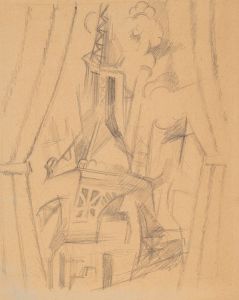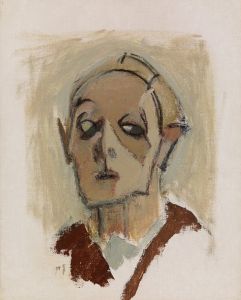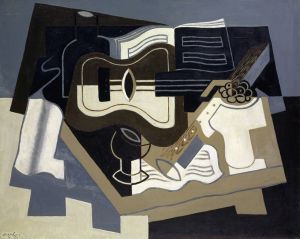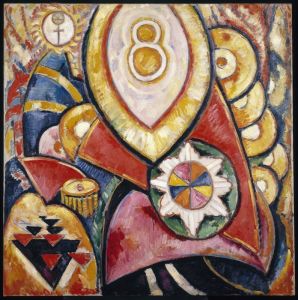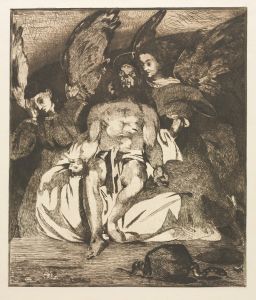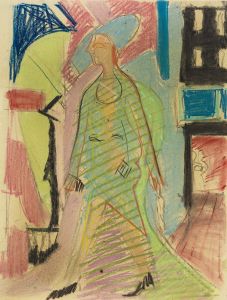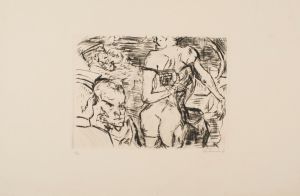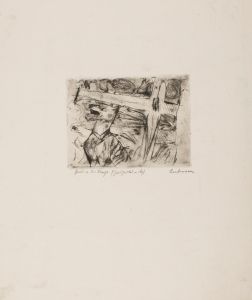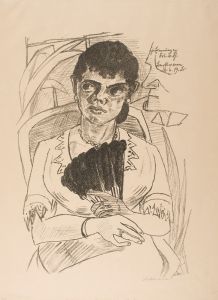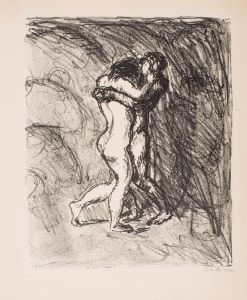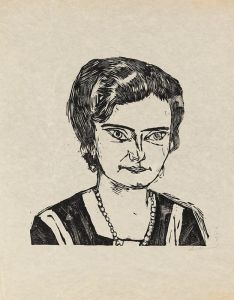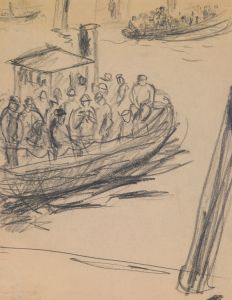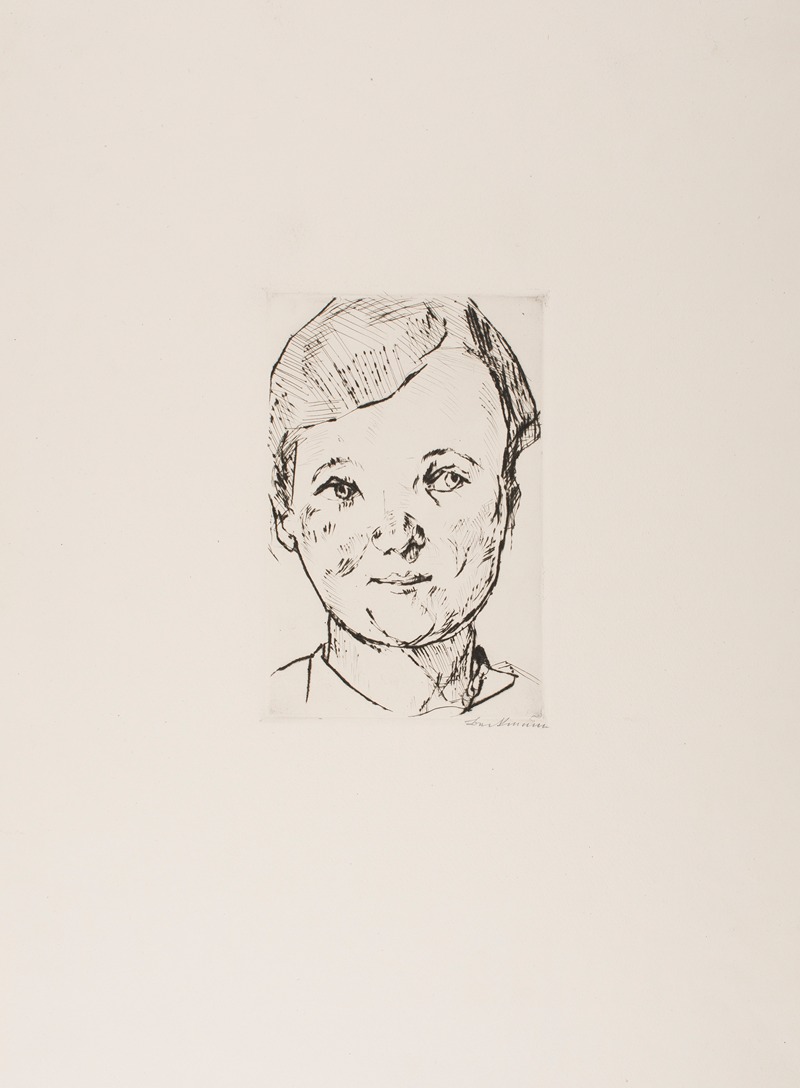
Klara
A hand-painted replica of Max Beckmann’s masterpiece Klara, meticulously crafted by professional artists to capture the true essence of the original. Each piece is created with museum-quality canvas and rare mineral pigments, carefully painted by experienced artists with delicate brushstrokes and rich, layered colors to perfectly recreate the texture of the original artwork. Unlike machine-printed reproductions, this hand-painted version brings the painting to life, infused with the artist’s emotions and skill in every stroke. Whether for personal collection or home decoration, it instantly elevates the artistic atmosphere of any space.
Max Beckmann was a prominent German painter, draftsman, printmaker, and writer, associated with the New Objectivity movement, which emerged in Germany in the aftermath of World War I. Beckmann's work is characterized by a distinctive style that combines elements of expressionism with a more realistic approach to subject matter. His paintings often explore themes of human suffering, existential angst, and the complexities of modern life.
"Klara" is one of Beckmann's notable works, though specific details about this painting are not as widely documented as some of his other pieces. Beckmann's oeuvre is extensive, and he often painted portraits, which were a significant aspect of his artistic output. His portraits are known for their psychological depth and the way they capture the essence of the subject's character.
In general, Beckmann's portraits, including those like "Klara," are marked by bold colors, strong lines, and a sense of immediacy. He often used a dark, rich palette and employed a technique that emphasized the solidity and presence of his figures. His portraits are not just likenesses but are imbued with a sense of narrative and emotional complexity.
Beckmann's work was deeply influenced by the tumultuous events of his time, including both World Wars and the interwar period in Germany. His experiences as a medical orderly during World War I profoundly affected his worldview and artistic vision, leading him to explore themes of trauma and recovery in his work.
While specific information about the painting "Klara" is limited, it can be understood within the broader context of Beckmann's artistic practice. His portraits often feature individuals from his personal life, including friends, family, and acquaintances, and they reflect his interest in the human condition and the psychological underpinnings of his subjects.
Beckmann's work was not always well-received during his lifetime. The rise of the Nazi regime in Germany led to his art being labeled as "degenerate," and he was forced to flee the country in 1937. Despite these challenges, Beckmann continued to work prolifically, producing a significant body of work that has since been recognized for its contribution to modern art.
Today, Max Beckmann is regarded as one of the most important artists of the 20th century, and his works are held in major museum collections around the world. His paintings, including those like "Klara," continue to be studied and appreciated for their technical mastery and their profound exploration of the human experience.
In summary, while specific details about the painting "Klara" are not extensively documented, it can be appreciated as part of Max Beckmann's broader body of work, which is characterized by its emotional depth, psychological insight, and engagement with the social and political issues of his time.





